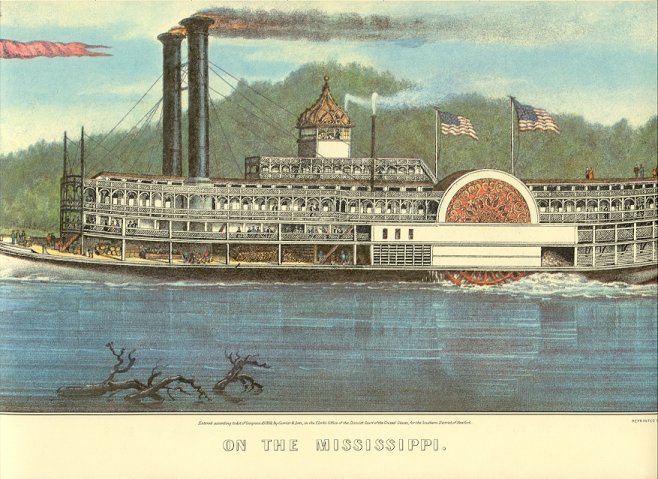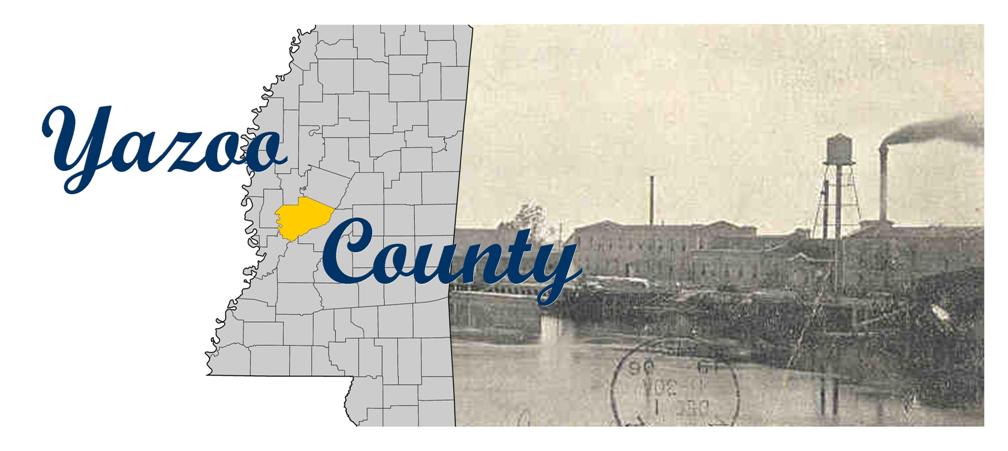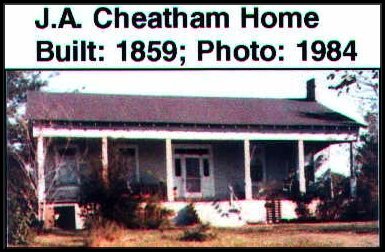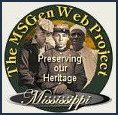 Yazoo, Winona to mark 1st game "In the heart of the Mississippi cotton country" RESOURCES Yazoo Digitized Newspapers on LOC OFF SITE LINKS Search U.S. Newspapers at Library of Congress A History of Cotton Mills and the Industrial Revolution : A Study |

|
|||
John A. Cheatham The following article was published in Yazoo County around 1975. We don't know the name of the publication, however, we assume that it was associated with a centennial, bicentennial type publication. The John A. Cheatham -- S. R. Manor home located 10 miles south of Yazoo City in the Concord community, was built over a century ago. The home has withstood the Civil War and two tornadoes. The first settler who came to this land was a man by the name of Benjamin Roach. His dwelling was a long cabin which he built himself -- surrounded by complete wilderness and open spaces with wild animals running loose. Very little was known about him. John Cheatham and his wife, Martha Wilburn, came from Texas to Sartartia by boat. He was originally from Virginia and she was from Alabama. Making their way from Sartartia in a covered wagon they came to their homestead. When they married he was 30 and she was 15. There were 15 children from this marriage. Cheatham was a carpenter and he bought several slaves that were also carpenters. The wood for the house was hauled from the dense forest that once covered the area. The home was built of cypress and it was originally two story with two rooms and a hall upstairs and four rooms downstairs. The old house was a "Texas" type house having a breeze way through the middle of the house. The kitchen, as was the custom of the times, was located away from the main house primarily in case of fire. Two chimneys stood on either side of the house. The brick for the house was made by hand. The house was laid on high brick pillows. Wooden pegs, square nails, and hand carving, went into the making of the house also. Looking from the front of the house there were six large columns with a long porch running the length of the house. Blinds were made by hand to add beauty to the house and whitewash was liberally applied to help protect it from the weather. A large dinner bell hung from a frame in the back yard to call the men in from the fields. Three cisterns supplied drinking water and a storage cellar for fruit, and a smoke house was dug underneath the house. There were several barns and outbuildings on the place. Now they are all gone along with the grist mill and cotton gin. He ginned his own cotton and ground his own meal. Martha owned a spinning wheel from which she made cloth for dresses. They were the parents of 15 children. There was a set of twin girls among the children. John was the oldest, then came Mat, Earnest, Andy, Joe, Tommy, Pet, Lillie, Martha, Mary, Bell, Ida Bell, Mittie, and Carrie. The Civil War interrupted the building and John Cheatham went off to war. Meanwhile, the war came to the Cheatham home area. According to legend, a Union Officer stopped his troops from burning the house. The battle of Benton Road was fought in the area. The Yankees were burning homes and crops afff as obtained from a one room school house known as the Cheatham School. Classes went through the eight grade. A teacher was brought in to teach the ninth grade, changing names and faces again. The house took on a new look when Samuel Ray Manor married one of the Cheatham girls, Ida Bell, and they fell heir to that part of the estate. He was a farmer by trade and owned a store in Anding. They were the parents of three children, Archie, Gwendolyn, and Lennie Mae. Fond memories ring out through the house. Gay parties were held there often, bringing people from all around by horse and buggies to hear the string band of which Mr. Manor was a member. He played the fiddle. After Mr. Manor's death, his wife lived there with her daughter, Gwendolyn who married William Edward Allgood in 1920. His trade was a carpenter. He too, added more changes to the house. They had three children, Gelda (Mrs. Henry Metcalfe), William and Jewell (Mrs. Ray Jones). In February 1971, a tornado struck little Yazoo and once again the house was hit. Because of the excellent construction of cypress used in the house, the damage was only minor. The upper story was taken off. The roof was lowered and a different roof was put on. A different color was added to the exterior. Some of the original cypress used in the house over 100 years ago is still left in the house. A silent reminder of the days gone by is the lovely family cemetery nestled in the grove of cedar trees. Familiar Yazoo County names -- Cheatham, Wallace, and Jones -- are found on the old tombstones. Every year people come from Washington to Texas to visit the site and cemetery and to trace back ancestors that lived over 100 years ago. Contributed by John
Hawley
|
||||
|
Home | Contact Us | USGenWeb History
All material provided is copyrighted by the submitter. No commercial use is legal without permission of the/all author(s) |
||||

